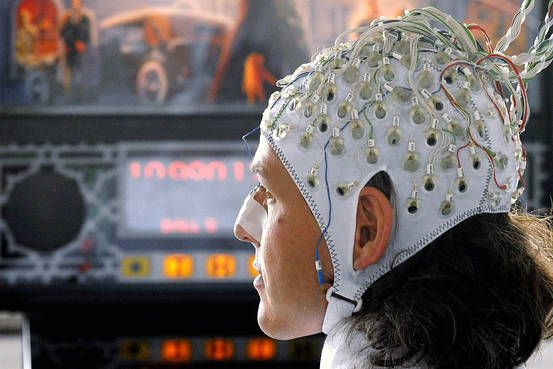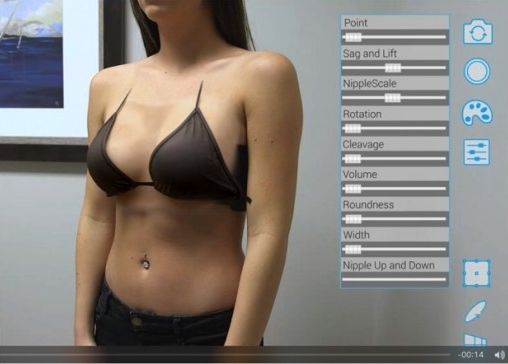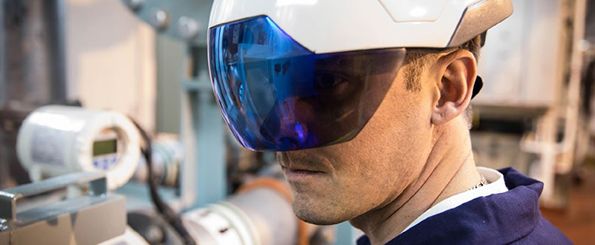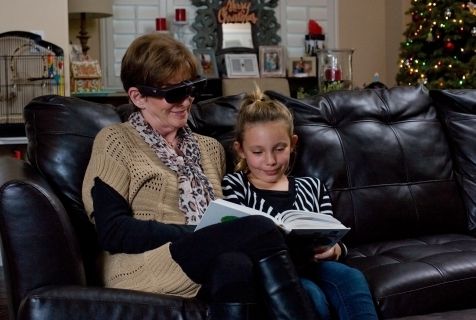TELTOW, Germany and REHOVOT, Israel, May 31, 2016 /PRNewswire/ —
- Cross reference: Picture is available at AP Images (http://www.apimages.com)

TELTOW, Germany and REHOVOT, Israel, May 31, 2016 /PRNewswire/ —
- Cross reference: Picture is available at AP Images (http://www.apimages.com)


While Amazon, Google, and Microsoft are moving forward with nextgen technologies such as VR & AR, QC, bio & nano technologies, etc used to advance areas such as Singularity and longevity.; Apples going bigger in the entertainment and media space.
Even if Apple never made an actual move to buy Time Warner, a tentative approach shows that the iPhone maker is serious about getting into media content.
Eddy Cue, who’s in charge of iTunes and Apple Music, brought up the idea of a possible deal with Time Warner corporate strategy head Olaf Olafsson in a meeting late last year, according to a person familiar with the situation. While the two never started negotiations, Time Warner, which owns HBO and the Warner Brothers studio, is on the top of the list of media companies Apple would buy should it eventually commit to the content business, the person said.
As iPhone sales slow, Apple is under pressure to show that it can grow in other areas, particularly in services. Chief Executive Officer Tim Cook has emphasised the expansion of non-hardware businesses such as music, the App Store and iCloud as a way of stabilising revenue.


AR for plastic surgery.
ILLUSIO, the next generation in computer imaging for plastic surgery, will be presenting at the 2016 Virtual Reality Summit in Seoul, South Korea on June 22. The conference is expected to attract thousands of people interested in the latest applications for virtual reality and augmented reality.
ILLUSIO CEO Ethan Winner will present the Company’s use of augmented reality for plastic surgery imaging. ILLUSIO combines the latest in 3D augmented reality technology with real-time morphing animation, providing a platform for plastic surgeons and their patients to visually communicate.
The proprietary artistic adapters and deformers allow surgeons to easily manipulate virtual breast models to quickly replicate any real life breast characteristics. Patients can now see themselves and their future bodies in real time. With the ILLUSIO imaging system, she can turn side-to-side and in real-time see herself with all of the size and shape options that her surgeon creates…
Interesting method in controlling energy sources and efficiencies via Quantum legos.
The chrome-plated bricks can conduct electricity, integrate active parts such as LED lights, motor blocks, and even sound, light and proximity sensors. The conductive bricks feature flexible side-arms that ensure electrical connection between two adjacent blocks, and the whole assemblies are powered by a Bluetooth-controlled 9V battery block. The built-in Bluetooth controller lets users change the current’s direction and voltage levels via a mobile application.
That means the Brixo bricks can not only be triggered by sound, light and touch, but also controlled by any Bluetooth connected device, taking the good old Lego bricks further into the IoT world (the Danish company has its entries in the cloud via its Mindstorms Lego series and the augmented reality-capable Nexo Knights toys.
The company is promising open 3D building instructions, an online library of models and hacks to its followers, encouraging a community of Brixo enthusiasts to share their models.
When I look at technology and other things; my brain just dissolves all boundaries/ scope of the technology was originally defined for. For me, this is and has always been in my own DNA since I was a toddler. When I first looked at VR/ AR, my future state vision just exploded immediately where and how this technology could be used, how it could transform industries and daily lives, and other future technologies. So, I am glad to see folks apply AR and VR in so many ways that will prove valuable to users, companies, and consumers.
NVIDIA is working with various companies in different sectors such as automotive, manufacturing, and medical to bring AR benefits in their business. It is working with Audi, General Motors (GM), and Ford (F) to create a VR application where the consumer can design a car by changing its wheels, paint, or seat leather. NVIDIA is also working with European (IEV) furniture manufacturer IKEA to build a virtual reality application that allows the user to design their own rooms and homes.

Nice
J.E. Moss Elementary School, a Title I school in Nashville, TN, has adopted an augmented reality program to help improve reading skills in one of its kindergarten classes.
Letters alive, a supplemental reading software kit from Alive Studios, has aided teacher Greg Smedley-Warren and boosted his kindergarten class’ literacy scores above all the other kindergarten classrooms in his school, according to a prepared statement. His class includes several ELL and “at risk” students.
“When I first saw Letters Alive I was in awe of the 3D technology and I knew I had to have it,” Smedley-Warren said in the statement. “If I was excited about it, I knew my students would love it.”

AR working ; I cannot wait to see what we do with AR in many of the other enterprise apps.
Augmented reality is transforming field maintenance. With DAQRI Smart Helmet™, workers get real-time visual instructions, equipment diagnostics, and operational data, turning every user into a maintenance expert.
By combining DAQRI’s innovative design with Intel’s powerful technology, DAQRI Smart Helmet helps workers be more productive and less error-prone. As an example of how powerful augmented reality can be, Kazakhstan Seamless Pipe (KSP Steel) used the helmet to achieve a 40% increase in worker productivity and a 50% reduction in factory downtime.
Paper contributed by Intel.

I cannot wait to get a set for my mom.
In a partnership that could change the lives of millions of people, NuEyes, a pioneer in the field of low-vision technology, and Osterhout Design Group (ODG), maker of the world’s most advanced Augmented Reality (AR) smartglasses, today announced the availability of portable head-worn devices that c…